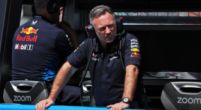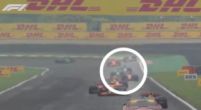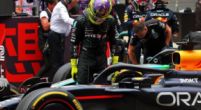F1 News

Pirelli: Speed difference compared to last year "very, very, very small"
In order to be more competitive in the coming season and to bring the cars closer together, some regulations have been changed. This is mainly reflected in the aerodynamics, where the expectation was that the cars will be a bit slower. The tyres will also be put under less pressure, but nevertheless, supplier Pirelli expects the cars to be just as fast this year.
10 per cent reduction
The expectation beforehand was a 10 per cent reduction in downforce which will be complemented by a further reduction in speed thanks to the more robust tyres produced by Pirelli. But after last weekend's winter test, there are several conclusions to be drawn and it appears that the teams are well on their way to making up for the loss compared to last year.
Thus Pirelli Formula One boss Mario Isola says to Motorsport.com: "The difference compared to last year is very, very, very small. I’ve tried to make some calculation on the lap times compared to last year and that's why I'm telling you that, if we consider that probably the track was not in perfect condition, plus the reduction in downforce, and the fuel level, so considering fuel corrected lap times, I believe that we are not going to see a delta lap time or a difference in reduced performance compared to last year."
Half has been regained
He continued: "I believe that compared to the original plan to have a downforce reduction in the range of 10 percent, the teams were working around the modifications and the current situation is probably a downforce reduction in the range of four to five percent." In short, the teams have effectively already regained half with the modified developments of the car.
However, the intention was to lighten the tyres somewhat, given that the tyres were a problem on several occasions in 2020. In that regard, however, Pirelli is confident now that they are coming up with a more robust compound. It should be sufficient to withstand the forces applied to them.
"I'm also happy that we decided last year, together with the FIA, F1 and the teams to work in two parallel directions: one to reduce downforce on the cars and the other to find a [tyre] construction that is able to cope with the additional loads that are probably going to happen in the second part of the season."
"I'm confident that the new construction, and I rely on data that we have from our indoor test department, is more resistant. That's why we decided to introduce it," Isola said.



















































